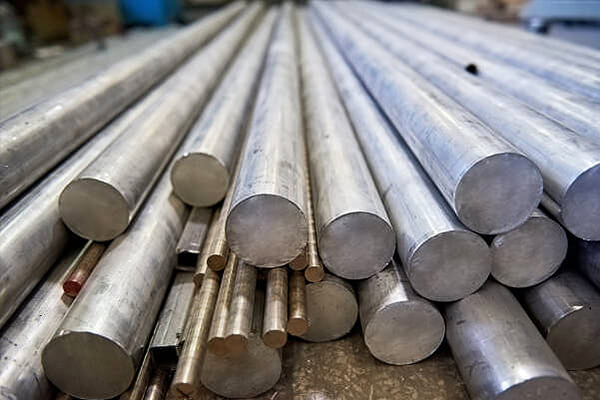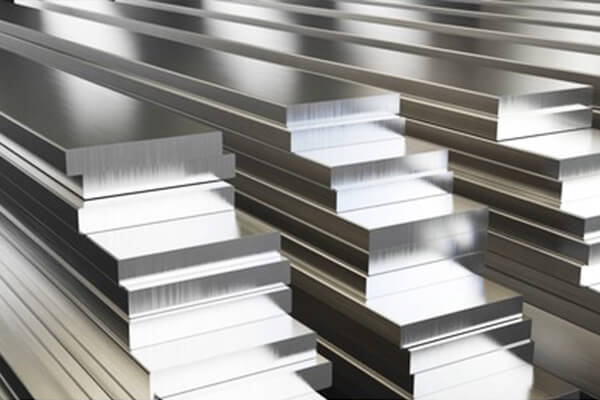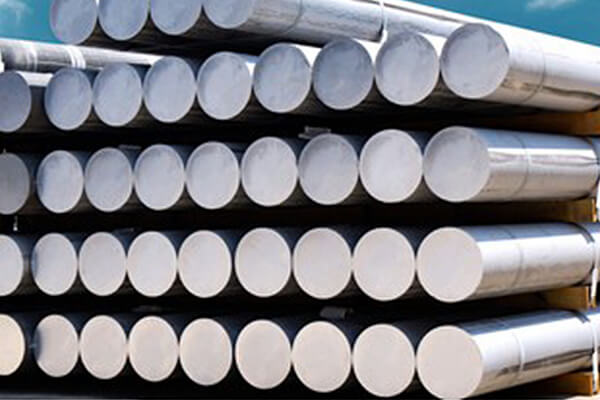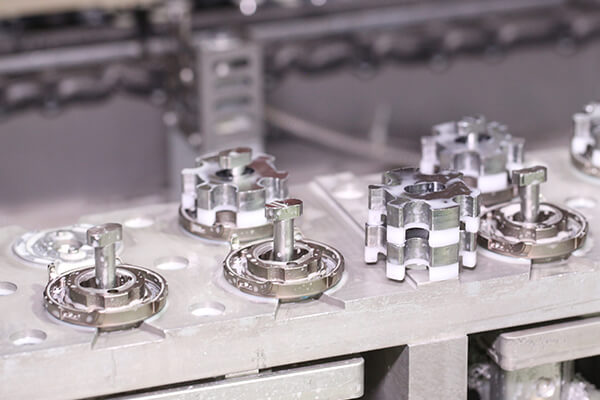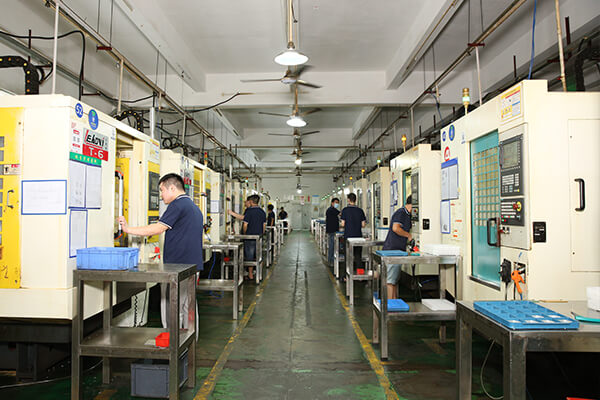
get to know us
Description
Depending on how your design will be used, there are many different materials that can be used with CNC milling. Once you’ve decided to make your product with CNC machining, it’s time to choose the best material, whether it’s metal, plastic, or wood. In the next few articles, we’ll talk about the most common CNC milling materials and explain where each one is best used.
CNC machining is useful because it can be changed to fit different needs. This is because precise CNC milling and turning can use a wide range of raw materials to make finished products. This gives design engineers a lot of choices when they are making prototypes and commercial products.
How to choose the right material to CNC process?
CNC processing on a computer is a fast, accurate, and flexible method. This method of making things works with both hard and soft technical materials, like metal, polymers, semiconductors, and elastic bodies. It is used to make a final product with all of its features and a prototype design. The materials used have a big effect on how the CNC processing project turns out and how the finished products work. In CNC manufacturing, this is why the process of choosing the material must be taken into account.
The best material for a CNC processing project depends on a lot of different needs and factors. For instance, do you need materials that have good mechanical quality? But is it more important to make things quickly? Usually, a number of factors are used to decide if a material is appropriate. Even though it doesn’t cover everything, the following parts will give CNC processing of materials a good start.
Metals are usually used for things that need to be strong, hard, and resistant to heat. Plastic is a commonly used material that is both light and resistant to chemicals and electricity.
When comparing CNC materials, we look at mechanical strength (expressed as tensile yield strength), machinability (the ease of machining affects the price of CNC), cost, hardness (mostly for metals) and temperature resistance (mostly for metals).
Size stability and tolerance
When deciding on processing tolerances, you need to think about the choice of material. The level of tolerance that different materials can reach depends on how good they are. Some of these traits are:
hardness
With softer materials, it is harder to make very tight tolerances. Most of the time, this is because they tend to change size when knives touch them. So, when cutting these soft materials, you need to be more patient.
Abrasion
Most rough and rough materials are hard to cut with a cutting tool, so they may even wear out faster. Because the precision of the tool varies, it is hard to get a specific tolerance with these materials. When cutting and grinding materials, technicians often have to change the tools they use.
Stability in heat
This problem mostly affects things that aren’t made of metal. As the heat goes up during processing, these materials start to change shape. This makes it harder to work with this material in a certain way.
Cost
A part’s best material might not always be the cheapest. The cost of buying these materials is a lot more than what was planned for the production. It becomes important to think about other cheap materials. To figure out if this material is a good low-cost alternative to the best material, its function, strength, hardness, chemical resistance, electrical properties, and other properties must be taken into account. For example, steel 1.4571 is easy to cut and has very good resistance to wear and corrosion. Even though it lasts twice as long as steel 1.7131, it costs twice as much. Steel 1.7131 is a great alternative to steel 1.4571 for uses where wear resistance is very important.
Since CNC machining is a subtractive process (a machine cuts chips off a workpiece to make a finished product), the cost of the materials is one of the most important things to think about when choosing them. So, the project budget is the most important factor in choosing the materials. Make sure the materials you choose are of the quality you want and fit your budget.
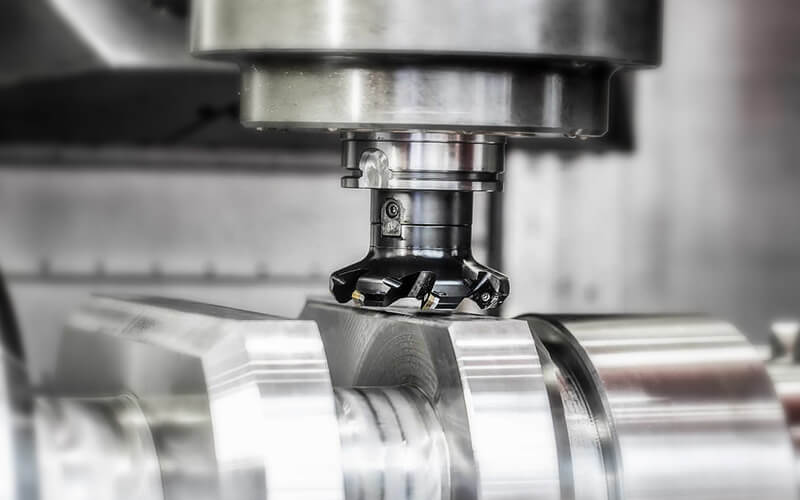
Materials often used for CNC milling
CNC milling of materials that are often used
One of the most common materials used for CNC milling is metal, but there are many other materials as well. Let’s take a look at the most popular choices and the best use for each metal.
· aluminum
Aluminum is a great choice for both functional and aesthetic parts, and it may be the most common material used for CNC milling. Most of the time, aluminum is easier to work with than other metals. From a business point of view, it is the most useful material. When aluminum parts are exposed to the environment, they form a protective layer that makes them stronger and more resistant to corrosion. CNC milling aluminum is great for the automotive, aerospace, medical, and consumer electronics industries because the material is so good. A few examples are parts for airplanes, electronic shells, medical tools, gears and shafts, and other specific uses.
· Steel
Different steel alloys used in CNC milling services are mostly made to work well with machines. Most of the time, steel is used to improve parts that need to be easier to shape and have stronger welds. Even if the quality of different materials is different from alloy to alloy (1018, 1215, 12L14, etc. are some commonly used alloys). Most of this material is used for commercial items, parts that need to be welded well, gears and shafts, and other high-stress applications. Steel alloys are used for different things.
· Stainless steel
Stainless steel alloys are used for a number of reasons such as they can be heated and are resistant to corrosion. In CNC milling, stainless steel is used in a wide range of things such as medical equipment, electronic hardware and other things that need to be formed and welded more easily. Stainless steel alloys are also widely used in the automotive and aircraft industries.
Titanium
Titanium is a special material because it has a high melting point. This makes it useful in many industries and for many different things. It is thought to be resistant to corrosion and bendable. It can also handle salt and water. Titanium is a strong and long-lasting material that is biocompatible, light, and can be used for many things, such as jewelry, airplane parts, and medical implants.
· Brass
Brass gives stability when there isn’t enough intensity and is one of the easiest and cheapest metals to process with a CNC machine. A few common uses are for medical equipment, consumer goods, electrical hardware, and contacts. Bronze is used in engineering, pipelines, steam work, and even musical instruments because it is resistant to corrosion and has a low coefficient of friction.
· copper
Copper is one of the few metals that can make CNC milling materials conduct electricity. In the process of CNC, a high level of conductivity helps to shape. This material doesn’t rust because it has a high resistance to corrosion. Among the engineering parts that are often used in the automotive field are cooling systems, heat exchangers, valves, and radiators. It is very important to know that copper is not very resistant to things like acid, halogen sulfide, and ammonia, even though this is true.
continue reading
Related Posts
We all know that processing is also a cautious work, and we must have a lot of experience in using machines and good technologies.
OEM and ODM are often used in the design and manufacturing industry. ODM and OEM terms describe different production methods.

